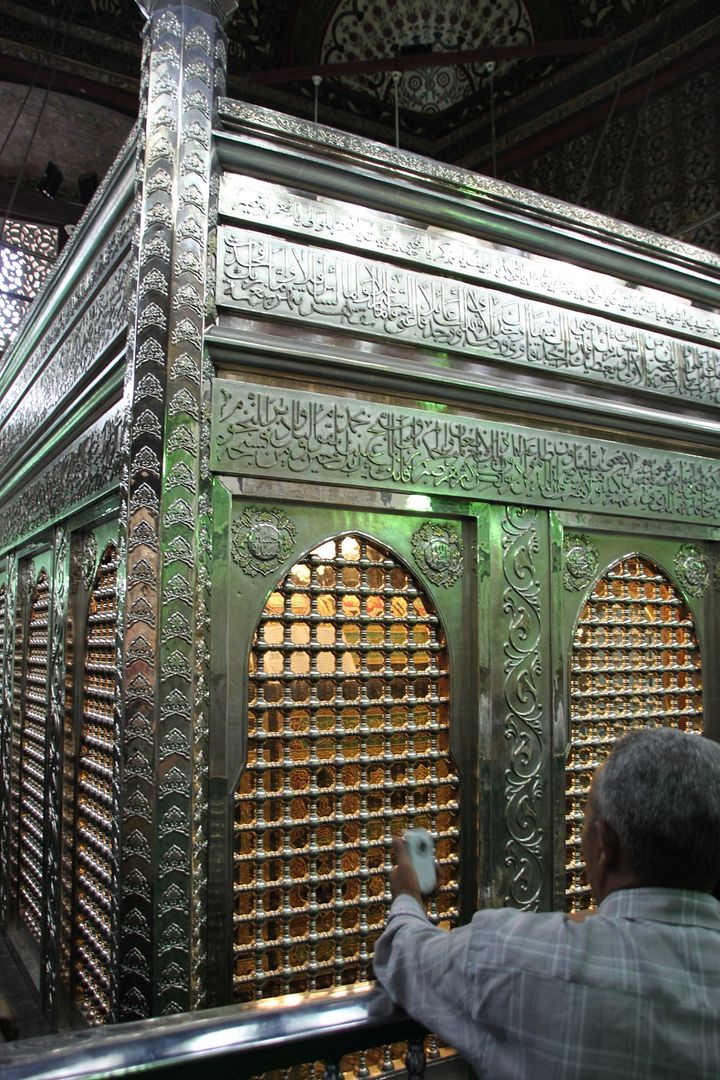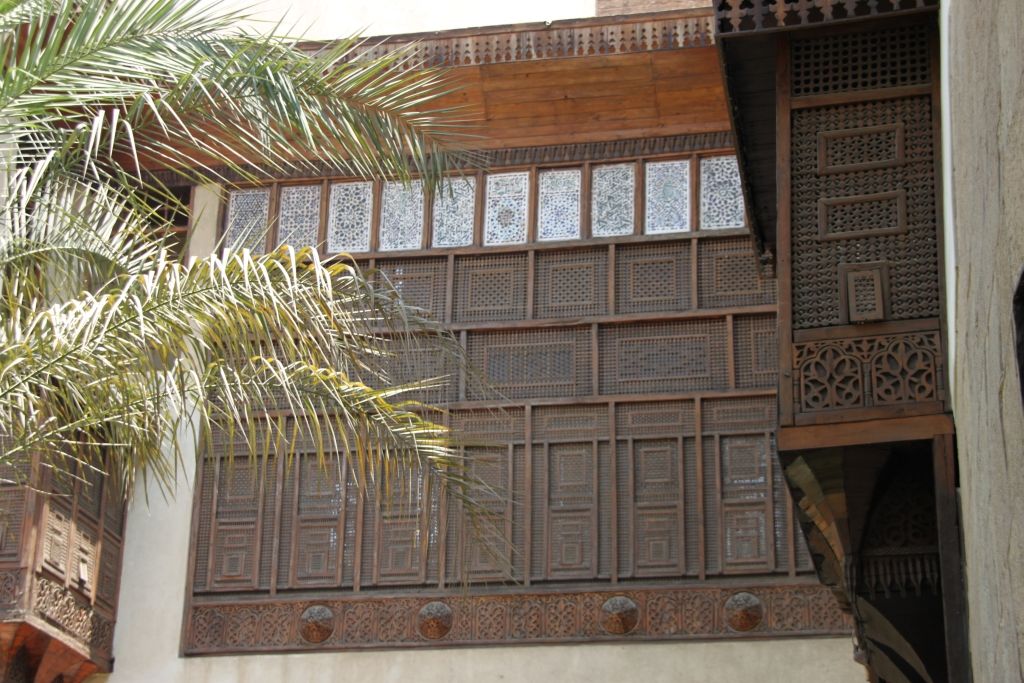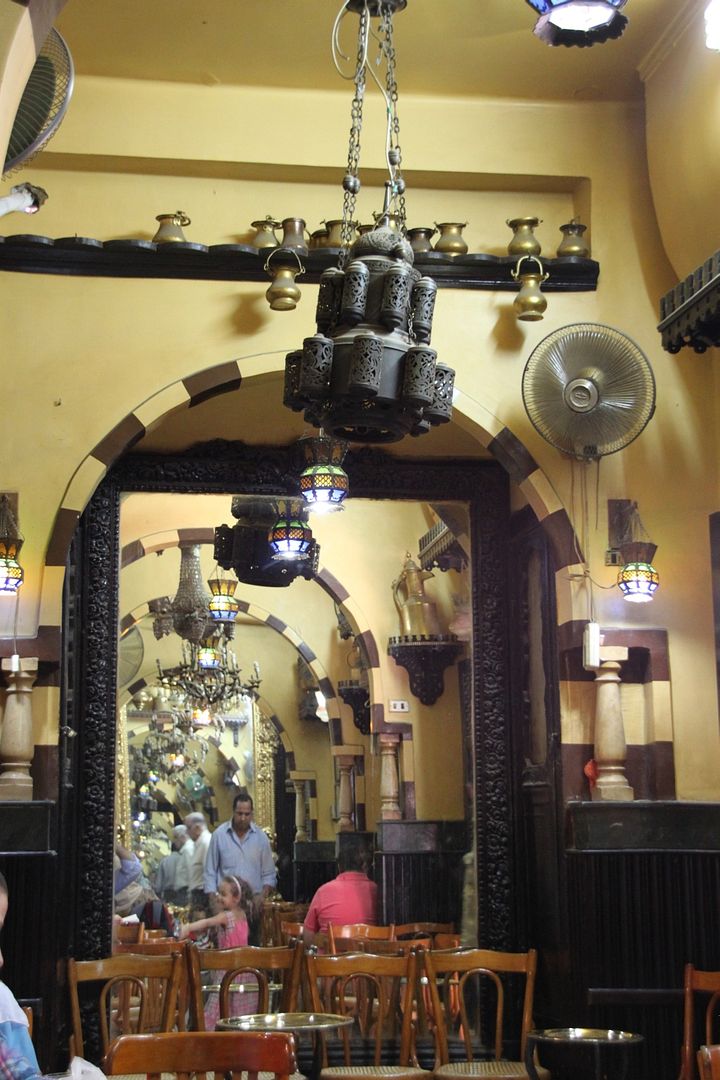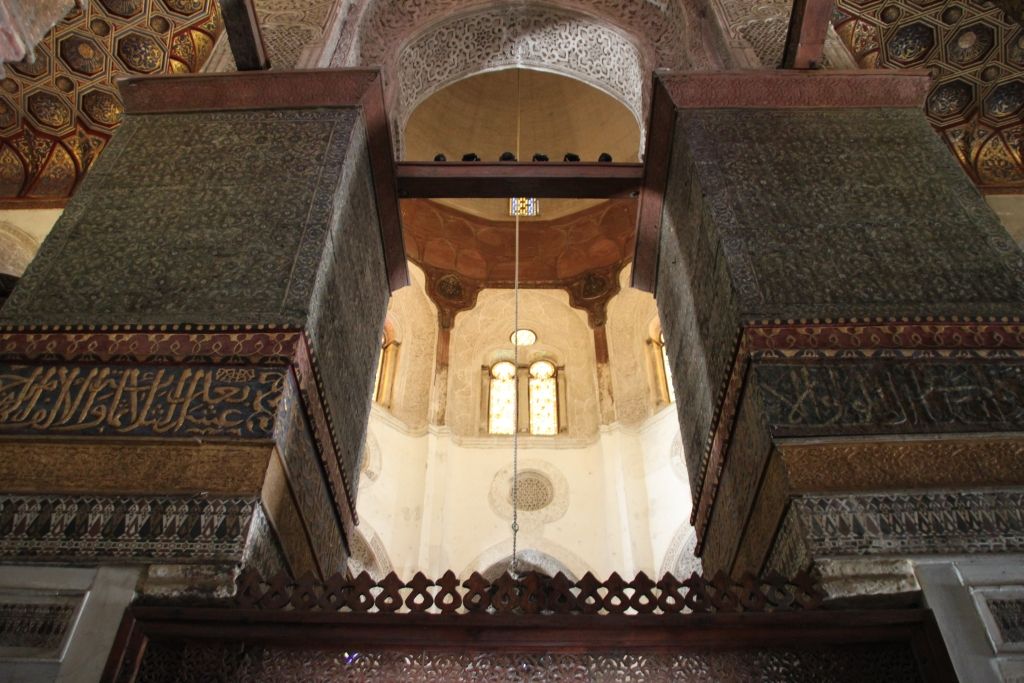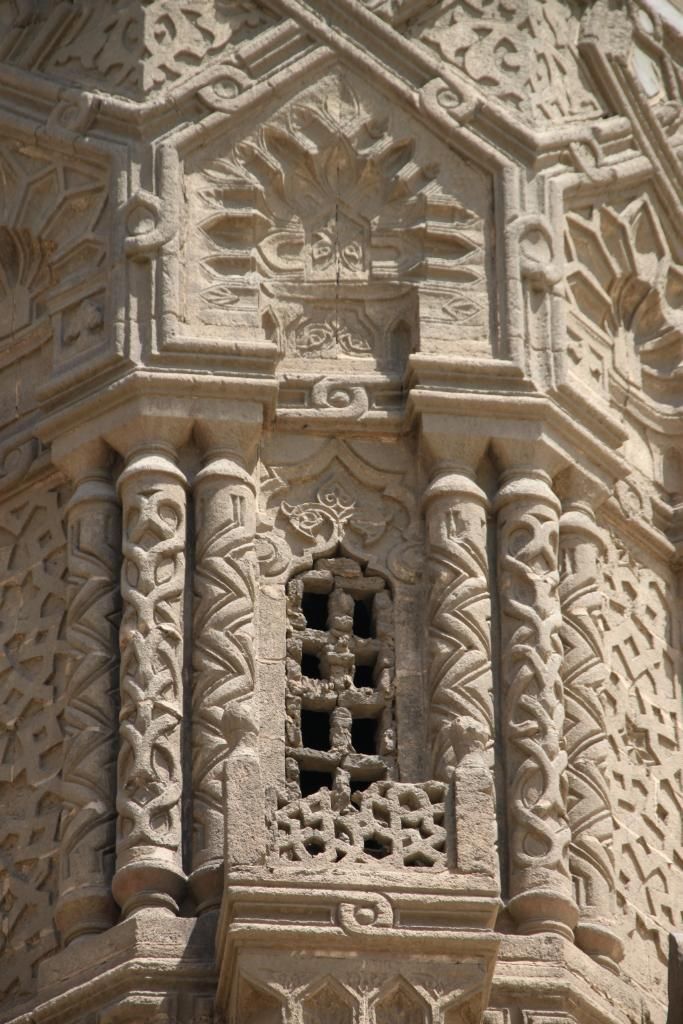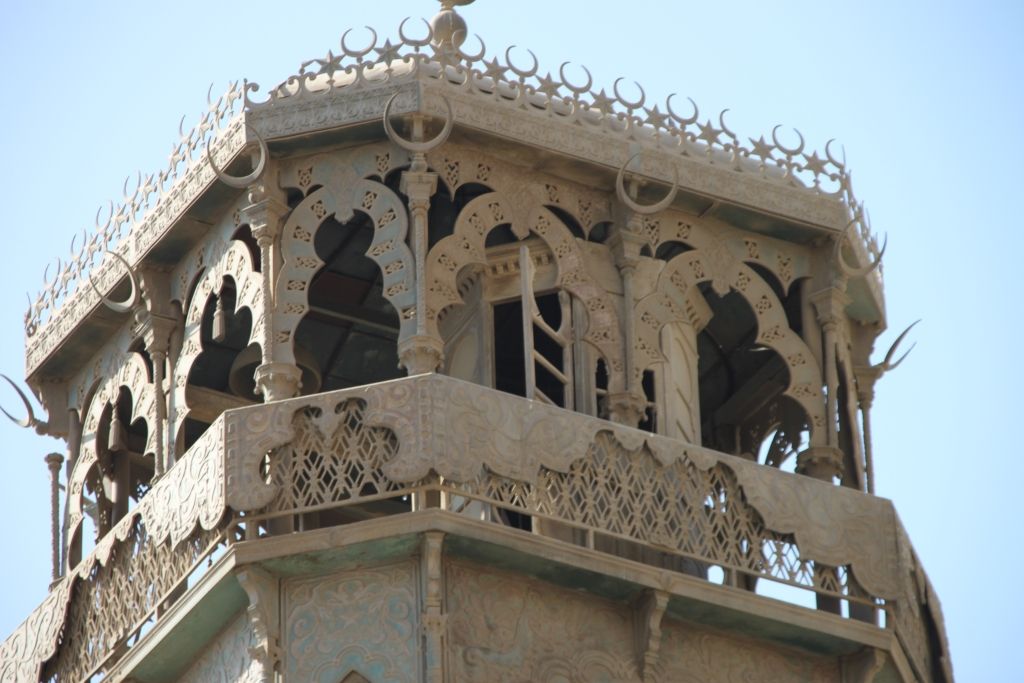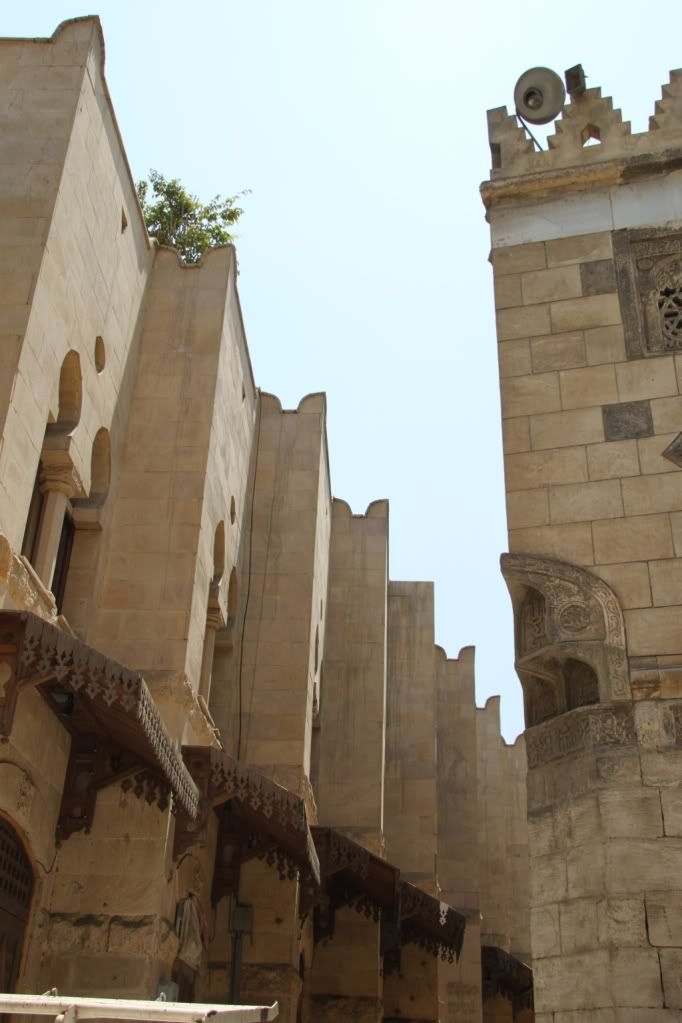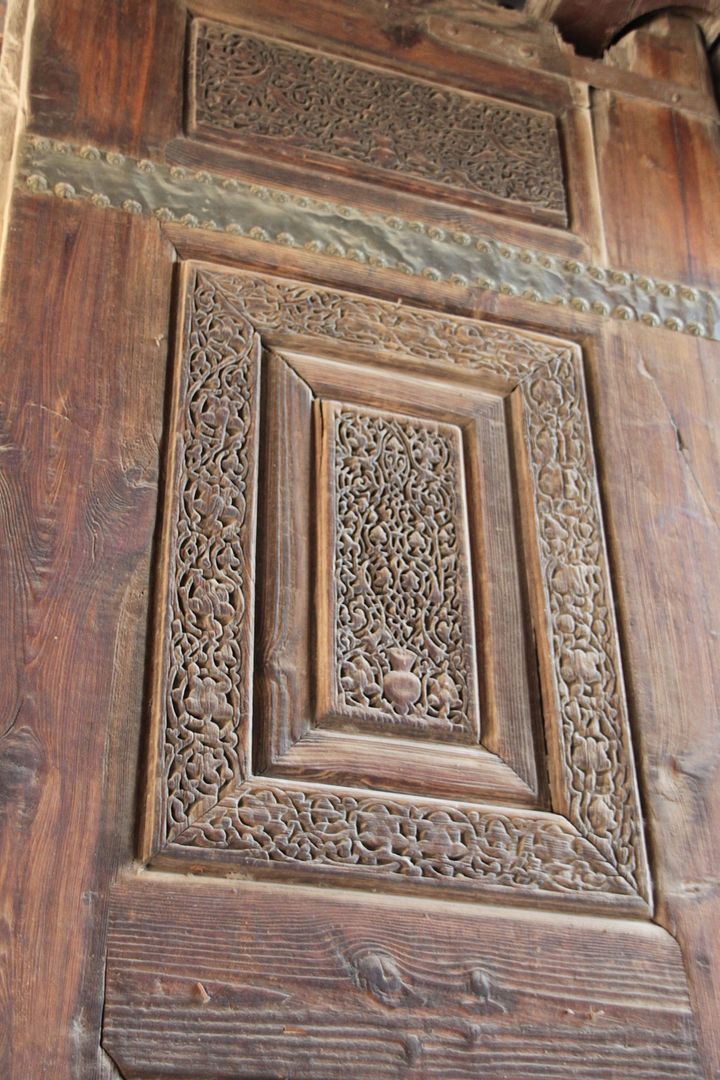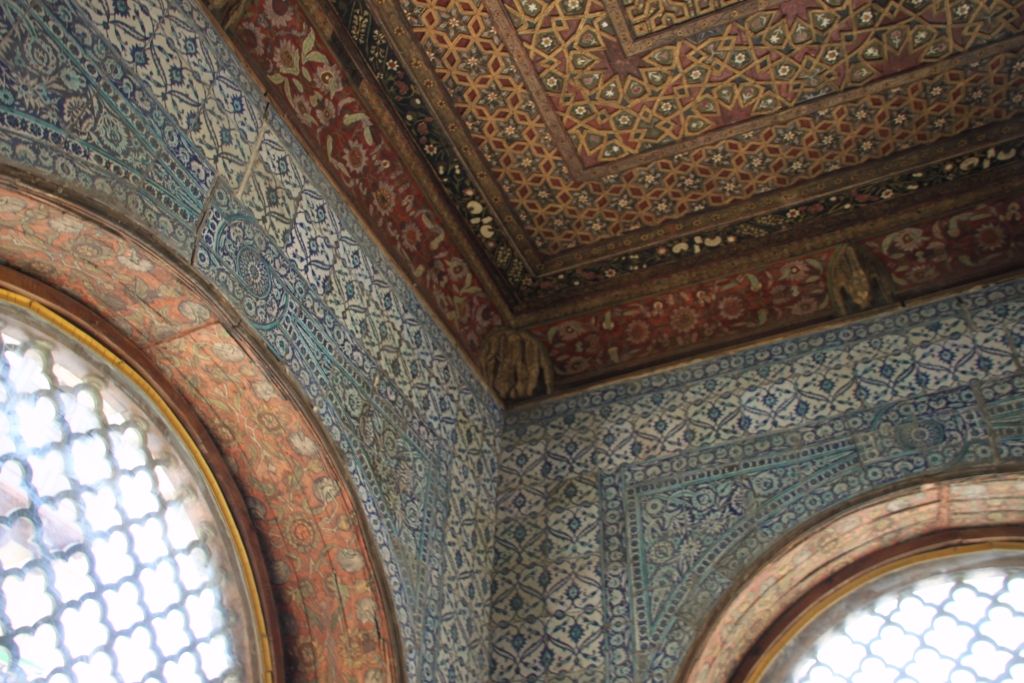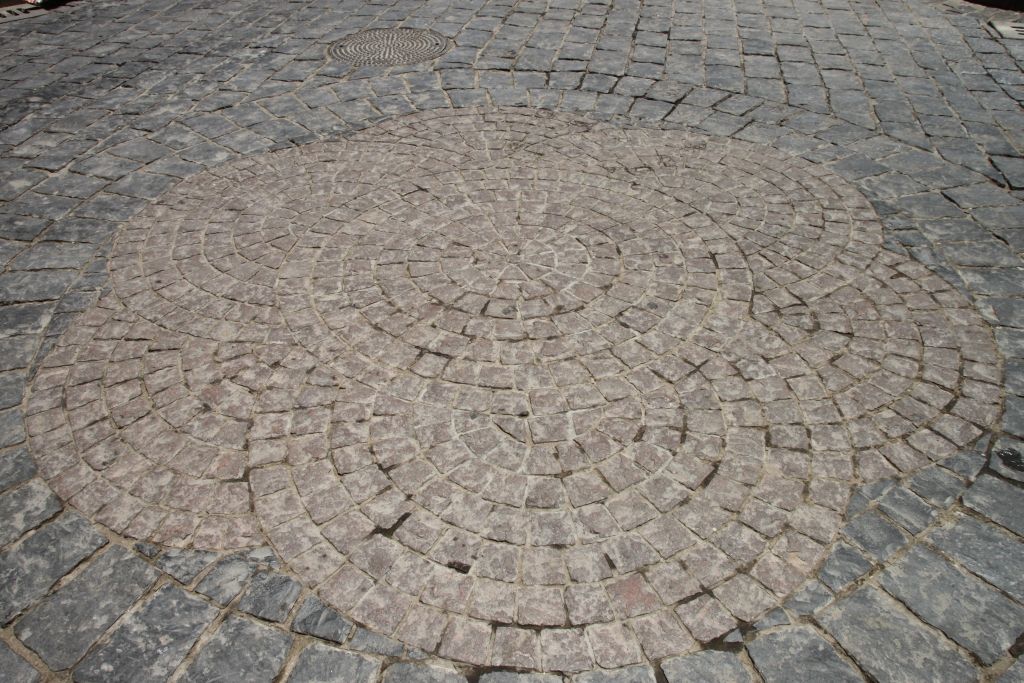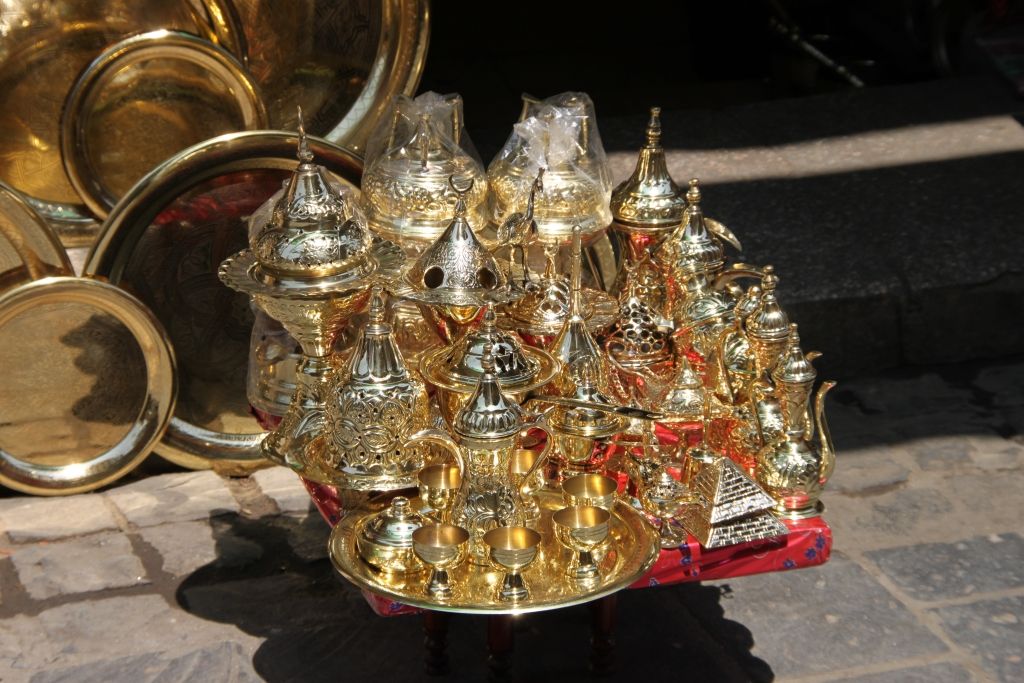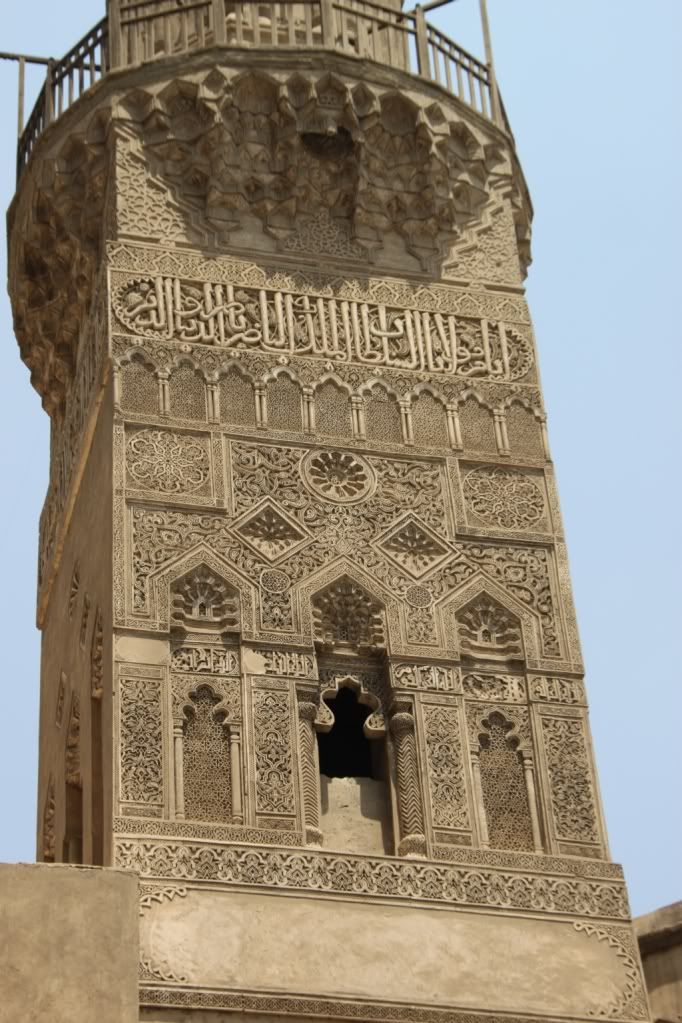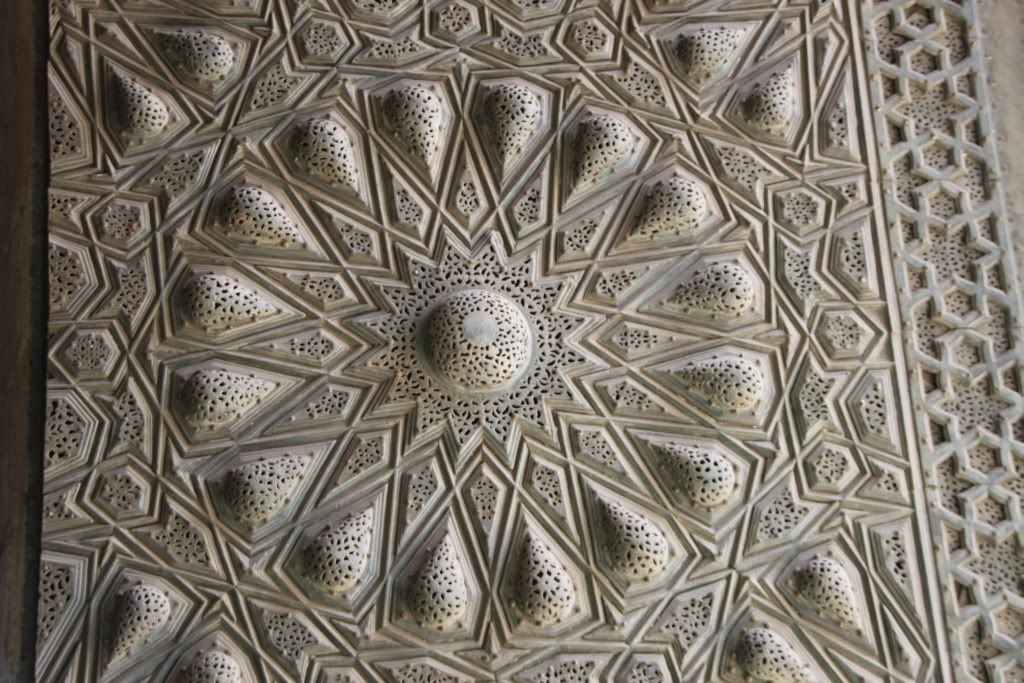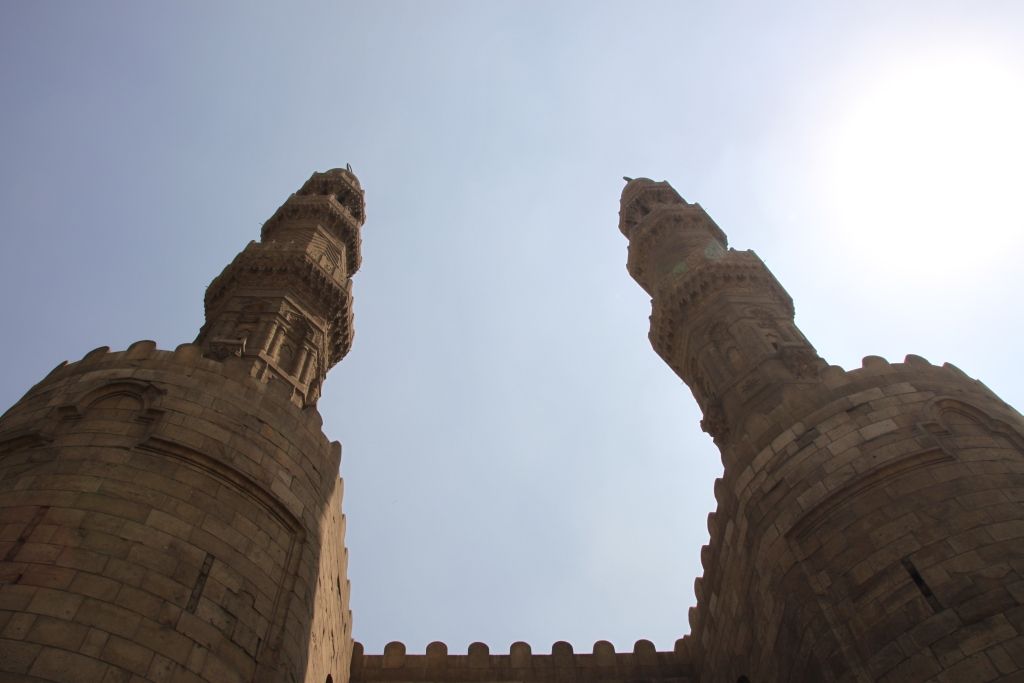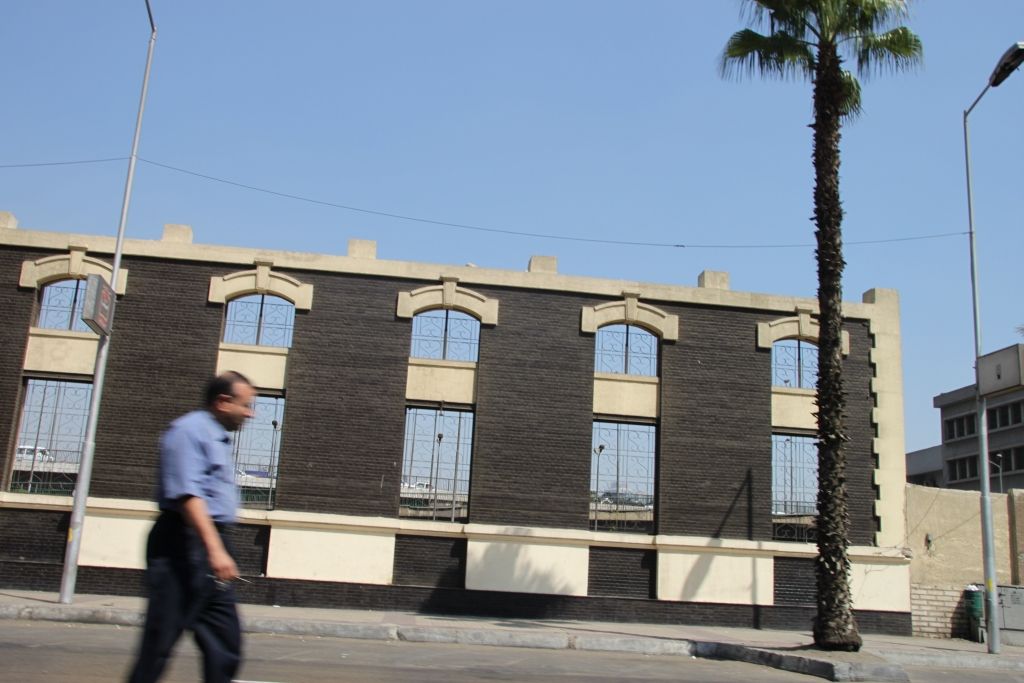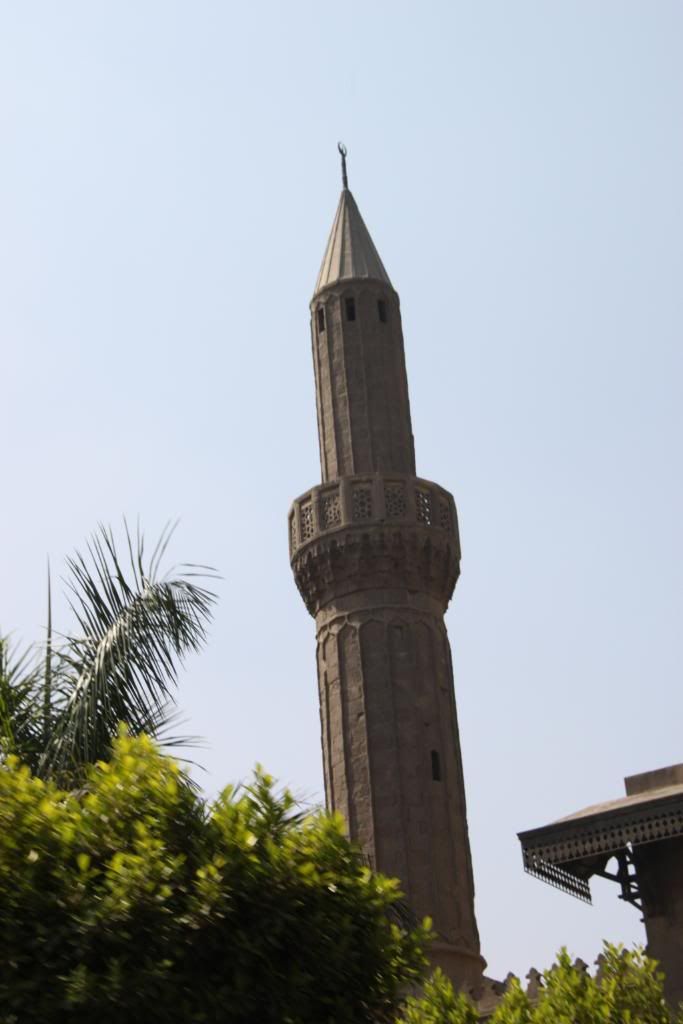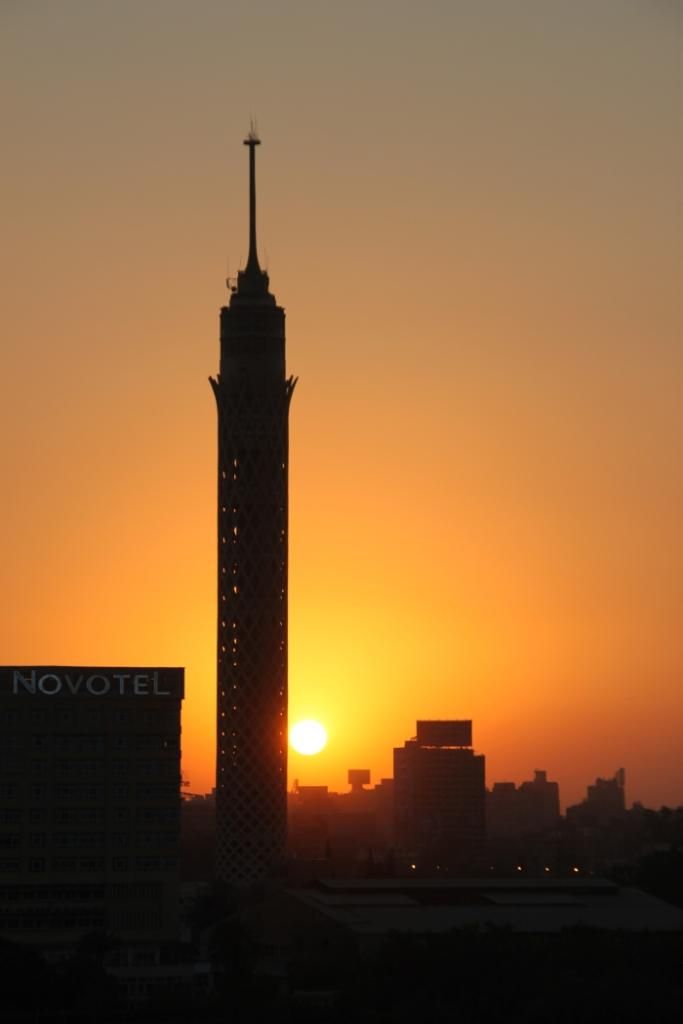Living in Cairo can be an extremely stressful experience. Weekend breaks with family and friends are an ideal way to de-stress and Egypt has plenty of options for every kind of weekend break, no matter what your interests are, or how hot or cold the weather is.
If relaxing on a beach with a book or building a sand castle is your idea of a holiday, you can choose from a range of options.
Ain Sukhna is the closest beach retreat from Cairo. If you opt for
Alexandria, you can also catch up on some Greek history while visiting the catacombs, the Roman Theater and the museum. The Bibliotheca Alexandria is definitely worth a visit and the kids may love the planetarium.
Marsa Matrouh is a bit of a drive away, but has the calmest lagoons and softest sand of all the beaches that I have visited in Egypt. Halt midway, at the International memorials in
Alamein where soldiers from all over the world who died here during World War II are buried.
If you have even the slightest interest in diving and snorkeling,
Sharm el Sheikh, Dahab, Hurghada, Nuweiba and Taba offer a range of diving spots of varying difficulties. There are PADI institutes at these areas which can train and certify you for dives. But do check their credentials and equipment before entrusting your life in their hands. While these spots may seem a bit of a distance from Cairo, you can easily drive there Thursday evening and be back by Saturday evening. Some of these towns have their own airport and you have the option of catching a domestic flight from Cairo. If you book in advance, its easy to get
Cheap Flights to travel within Egypt.
Whether you are a history buff or not, you cannot leave Egypt without doing the mandatory
Luxor-Aswan Nile cruise. There are 3, 4 and 7 day options to this cruise and cruise ships to fit a variety of budgets. Normally all meals, entry tickets, transport and guide fees are included in the package and this is a convenient way to visit all the main Pharaonic monuments in Egypt
If sailing is not your thing, but you still want to catch up on some history, then a 2 day trip to
Luxor (the largest open air museum in the world) is a wonderful appetizer. Spend one day on each bank. The East Bank has the must-visit Karnak Temple and Luxor temple. The Luxor museum is exceptional: uncluttered, well lit and with short printed descriptions to accompany most of the major pieces, it is easy to navigate on your own.
On the West Bank you can choose between the Valley of the Kings, Queens, Nobles or Workmen and visit underground tombs that are beautifully decorated. Deir el Bahri (Hatchepsuts Temple) is a popular attraction as are the Ramesseum and Medinat Habu.
If you have an extra day free, you may like to make the trip to
Abydos and
Dendera where the reliefs and construction are in much better condition than those in Luxor.
There are direct flights from Cairo to
Abu Simbel, but in case they are booked, you can fly to Aswan and then travel by the 4am or 11am convoys. The original temple itself was a marvel, but combined with the international relocation effort to higher ground, it makes the very existence of these temples nothing short of a miracle.
If you would like to get back in touch with nature, then desert camping is an option that you could explore. Egypt has 5 Oases in the Western Desert,
Bahariyya, Farafra, Dakhla, Kharga and Siwa. Follow basic precautions when offroading or camping in the desert. Always travel in more than one car. Have someone familiar with the desert in your group. It is very easy to get disoriented when you can see the horizon 360 degrees around you. Carry enough fuel, food and water.
Having a good guide to the desert, will make the difference between you enjoying your camping trip and wanting to return again and again. Sleeping in a 5 star can never be compared to sleeping under a million stars with the occasional shooting star or comet.
If a quick day trip to an oasis is all you have time for, then
Fayoum is the place for you. Bird Watchers will revel in the multitude of birds which hover around Lake Qaroun. Fayoum also has a number of hotels and eco lodges, if you would like to spend the night. The water wheels, ancient Pharonic temples and pre-historic fossils at Wadi Hitan are just some of the sites you can visit at this oasis.
The
Sinai Plateau offers hiking and trekking opportunities aplenty no matter what difficulty and stamina level you are looking for. From the Colored Canyon to Gebel Musa (Mount Moses).
Towns like
Port Said, Suez, Damietta and Rosetta are great options for picnics from Cairo if all you have is one day off each week.
If you are interested in Monasticism and Coptic History, the monasteries of
Upper Egypt and
Wadi Natrun are worth a visit. While it may be more difficult to organise permits to visit Upper Egypt on your own, Wadi Natrun is a day trip from Cairo. Just be sure that you don’t visit during one of the many fasts in the Coptic calendar, otherwise you may just find everything closed.
Egypt offers a wealth of travel opportunities for every kind of traveler. There are tour agents who can manage every aspect of your travel, so you don’t have to worry about anything. With a little planning, you can ensure that you recharge your batteries in different locations regularly, to help you face the coming week in a better frame of mind.
Karishma Pais (Kim) is an expat trailing wife in Cairo. She has a Masters Degree in Human Resources and Behaviour. She consults on HR projects, delivers intercultural training at the CSA, counsels new and experienced expats, writes for several magazines – online and offline, she runs whazzupcairo@yahoogroups.com and whazzupcairo@googlegroups.com among other activities. Her Social Commentary and blog about life in Egypt can be read at http://whazzupegypt.blogspot.com Pictures are by her and her husband Brajesh BajpaiPublished in
The Oasis, April 2009 issue and
desicritics.org
